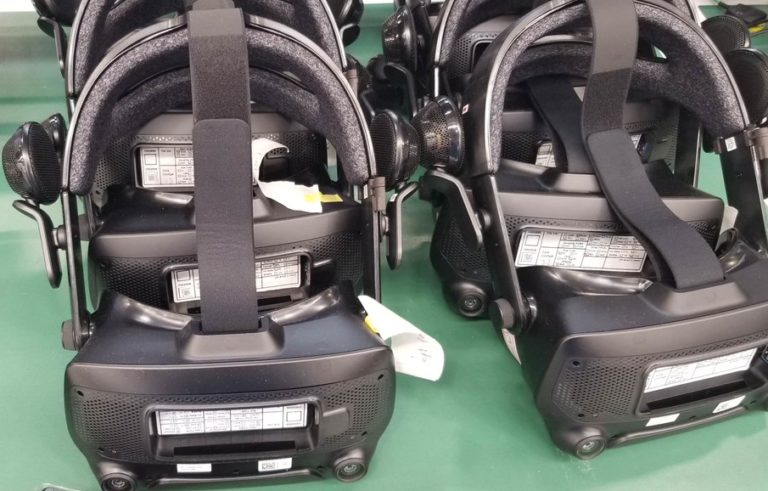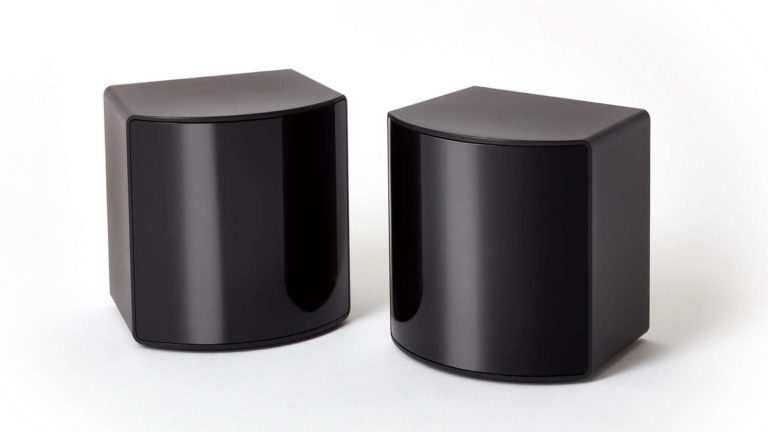In recent times, the world has had a great many VR headsets unveiled to it. Many with their own unique perks, features, gimmicks and cons. The most prominent of the many unveiled headsets, were obviously the new Oculus Rift S along with the HTC Vive Pro, both of which are not stand alone headsets. As far as stand alone headsets are concerned, that prize also goes directly to the Oculus Quest and HTC Vive Focus. With many companies also working on haptic feedback mechanisms, such as the Tesla suit and bHaptic, the Virtual Reality market has become rather dense. Among these all of these competitors, is one that, although just recently unveiled there new headset, have in fact, helped in the designing of the HTC Vive. That’s right, we’re talking about Valve, which not only is famous for ground breaking games such as DOTA, Counterstrike & Half-Life, but is also the creator of the online gaming platform Steam.
Even though Valve’s primary experience lays in software, it HAS in the past, helped HTC develop the original Vive. Furthermore, neither HTC or Facebook (which owns Oculus) is centrally focused or originated from a game developing background. This gives Valve quite the edge. So what is Valve’s new headset? We first caught a glance of the headset in leaked photos back in November 2018. Later on however n March, Valve officially announced and unveiled it’s new headset, the Index.

Pre-orders are set to be en route since the 28th of June. As critics and developers begin to experience the Index first hand, many users who have still not received the headset, are beginning to question the whopping price. Overshadowing both the Rift S and Vive Focus, the Valve Index is priced at around 999$ in the United States. However, as high as the price may be, one must consider the package they’re receiving for it. Valve has a few tricks up it’s sleeves that give a major edge against HTC and Oculus.
First off, is the fact that, even with the low resolution of 1440x1600p, Valve claims that it’s RGB LCD panel has a larger number of sub-pixels than any OLED panel, and can also produce operate at 120Hz, rather than the 90Hz of competitor products, which means the image displayed within the headset will be impeccably smooth. Furthermore, in stead of a 100 degree view as found in most headsets, the Valve Index features a 130 degree field of view.

So let’s talk about build quality. At this price, it is no doubt that the Index is neatly finessed. It is rather lightweight, and with cushioning around the strap as well, many users are calling it the most comfortable headset they’ve tried so far. It features a similar ‘turn-to-adjust’ knob as on the HTC Vive Focus, which is a lot easier than the velcro strap design of the Oculus. However, it IS to be noted that the headset still comes with a 5 meter long cable (probably due to the intense rendering and processing). Also coming with the headset are two external trackers. In stead of infrared though, these trackers use laser guided detection, which is more accurate. However, just like in past headsets, the case has always been that headsets that use external tracking are highly difficult to set-up, especially when trying to configure the accuracy of the trackers. The two cameras on the front of the headset are primarily used for viewing outside and acting as vision-cams.

With pros and cons still being discovered, one thing is for certain, the high note of the Valve Index is none other than it’s revolutionary controller. The Index comes with a never before design seen for a controller, with sensor bars on only one side of the remote. While the primary body of the remote resembles that of the Vive, it’s the strange position of the sensors that caught the people’s attention. These sensors not only act as gyros for the remote like any other device, but instead, possess the ability to track the user’s fingers individually. This gives user’s the ability to have fully functioning hands with five finger articulation.

Even though it’s high price makes it a hard hit to the wallet of casual VR gamers, we hope that with time, the technology used will eventually seep down to middle and low budget VR headsets, especially the design and functionality of it’s controllers will eventually seep down to low end headsets.
